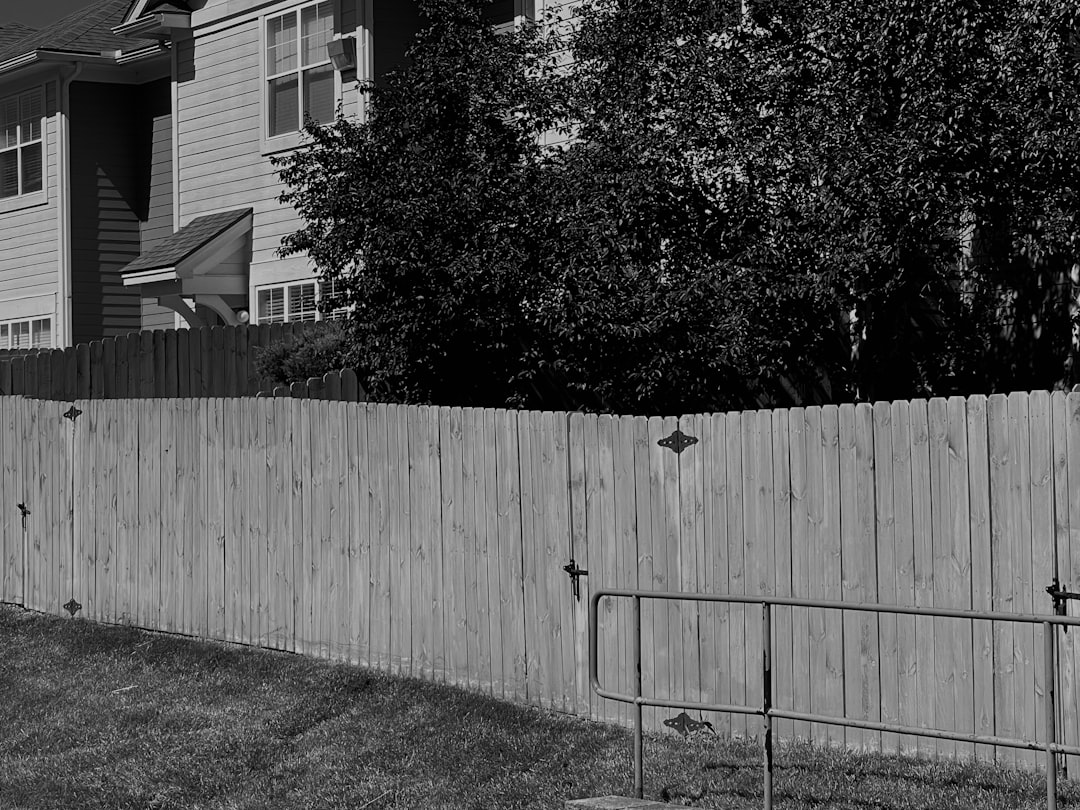
Vinyl fencing is a popular choice for its aesthetic appeal and low maintenance, but costs can escalate quickly. For construction professionals, understanding the full scope of expenses—from materials to labor—is crucial for maintaining profitability. This guide provides a detailed breakdown of vinyl fence costs, helping you deliver accurate estimates and protect your margins. The national average for vinyl fence installation ranges from $24 to $42 per linear foot, depending on style and height.
The national average for vinyl fence installation ranges from $24 to $42 per linear foot. This variation depends on factors such as style and height. For instance, a 3-rail ranch style differs significantly from a 6-foot privacy panel. Accurate estimates require considering these variables, along with local material costs.
Vinyl resin prices fluctuate with petroleum markets. Staying updated with real-time supplier rates is essential for accurate cost estimation.
Installation challenges such as rocky soil or deep frost lines can affect labor costs. Accurate task templates help in assigning realistic labor hours, reducing overruns.
Most areas require permits for fences over four feet, with fees ranging from $25 to $200. Including these costs in your estimates ensures transparency.
Vinyl often proves cost-effective over time due to its low maintenance.
A recent project involved a 220-foot vinyl privacy fence with a total cost of $7,480. Accurate takeoffs helped avoid material shortfalls.
Ready to enhance your estimating process? Visit CountBricks.com to create an account or schedule a demo.

Profitability in vinyl fence projects often lies in the details. Understanding these nuances allows for more precise bidding and better margin protection.
Standard spacing is 8 ft, but slopes may require adjustments. Identifying these needs early prevents costly adjustments later.
Adjust waste factors based on project specifics to avoid unnecessary costs.
Lock in current prices to protect against market fluctuations.
Structured billing helps maintain healthy cash flow.
Highlight vinyl's long-term savings to justify higher initial costs.
Providing detailed, data-driven estimates enhances client trust and increases referrals.
Create your first estimate at CountBricks.com or request a demo to see how technology can streamline your process.